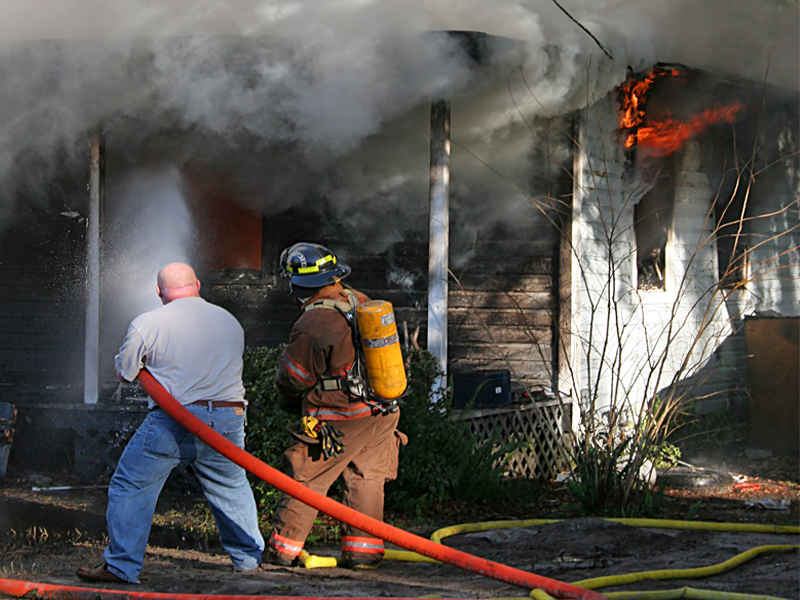Sometimes it feels like you're going through a never-ending cycle of cleaning that doesn't seem to lead anywhere. However, there's one important thing that can help speed up the process – preparation.
Fire and water restoration are two of the most common emergencies that occur. It is important to be prepared for these situations in order to minimize damage and ensure a safe clean-up. This guide will provide you with the steps necessary to clean up after a fire or water emergency. For more information about Fire and water restoration you can visit this site https://centraloregondisasterrestoration.com/services/fire-smoke-damage/

Image Source : Google
What is the Cleaning Process for Fire and Water Restoration?
Fire and water restoration are two of the most common types of restoration work. The cleaning process for fire and water restoration is similar, but there are a few key differences to keep in mind.
To clean up after a fire, first douse the flames with water from a hose. Use streams of water to put out any remaining fires. Once the fire is out, use shovels, buckets, or other tools to dig through ashes and cinders to get to any hidden objects that may have been damaged. Finally, use a hose to wash down any surfaces that were exposed to the flames.
To clean up after a flood, first evacuate people and pets if possible. If not, protect them by placing furniture against walls and keeping wet clothing away from them. Next, turn off all the main valves that could release floodwater into surrounding areas (hydrants, storm drains, etc.). Use an excavator or bulldozer to block off potential entryways into buildings. Cut down trees or limbs blocking roads and waterways.